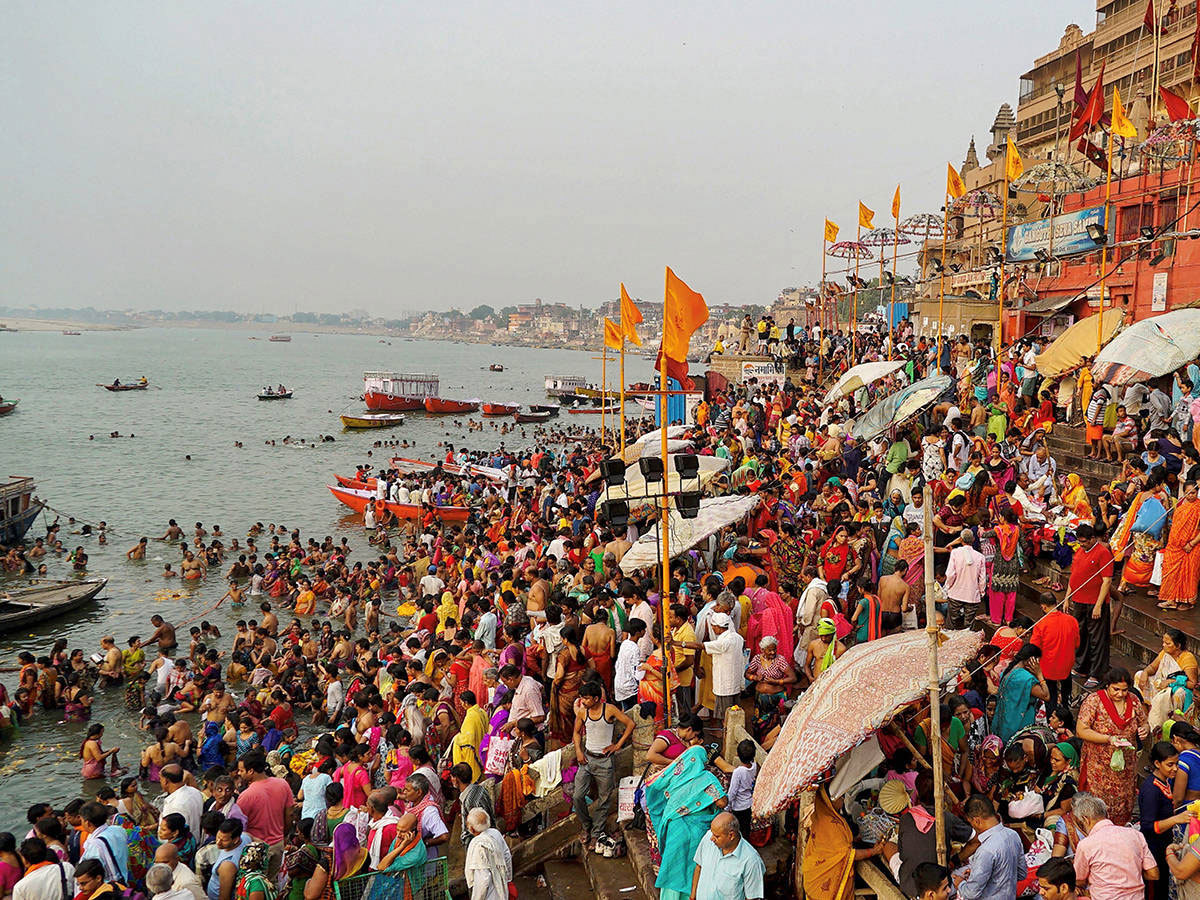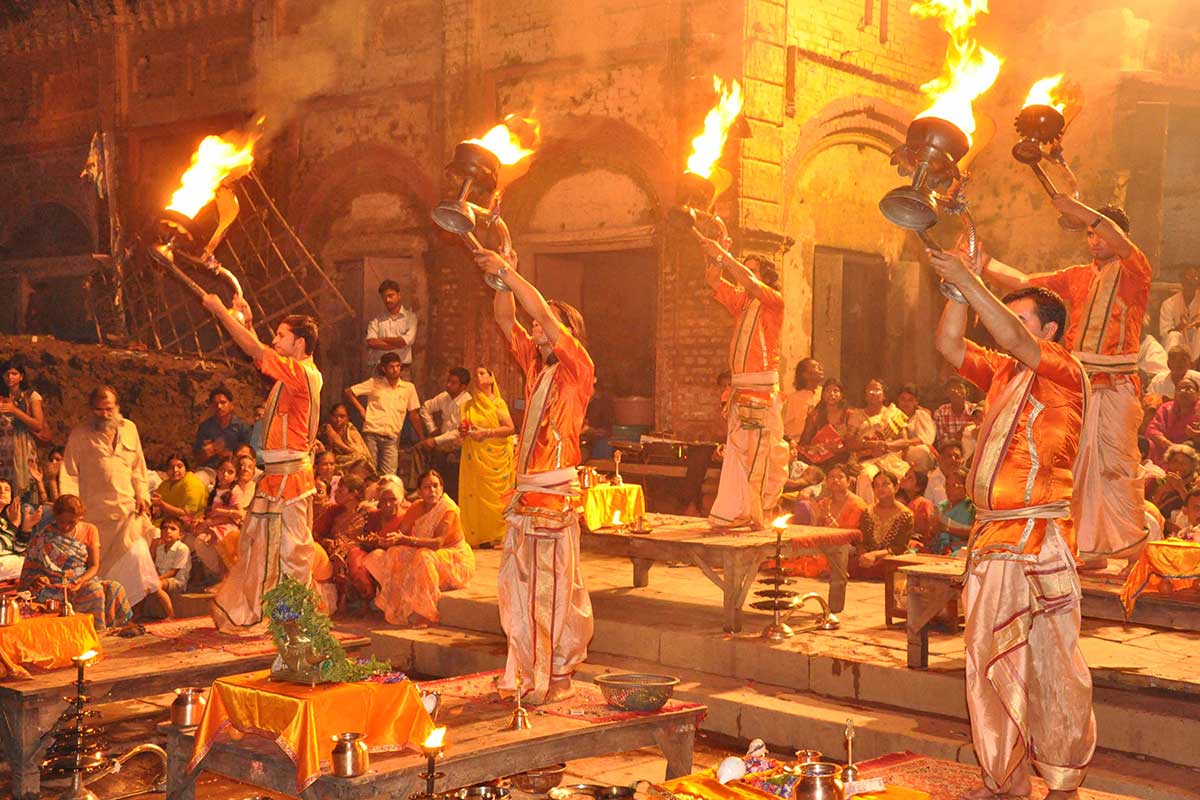India is a land of innumerable festivals, in pace with the cycle of the seasons. These proceed with sowings and harvesting and around them have grown legends, most of them portraying the victory of good over evil. These fairs and festivals impart color and gaiety to the life of the Indians. The Indian calendar is marked by a superfluity of such big and small occasions. Some festivals are mainly of religious nature, and others are related more to, change of season and harvesting. They have a retentive past and many have gone through major alterations. Though the enthusiasm for some of the festivals also seems to be vanishing, yet they are capable of bringing about a change in the lifestyle of the people.

Some festivals and fasts are specific protocols of religion which aims towards communication with the Almighty. The vivacity of the people is reflected in the colorful liveliness of the fairs and festivals. Processions, prayers, new attires, dance, music, etc. are essentials related to any of such celebration.
Ganga, the sacred river is respected by the Hindus as a mother as well as a goddess. Ganga Dusshera in Uttar Pradesh is celebrated on the 10th day of the month of Jyeshta. Ten days of this month are dedicated to the worship of the holy Ganga River.
Time for celebrating the Ganga Dussehra Festival
The Ganga Dussehra in Uttar Pradesh takes place every year in the month of June and continues for 10 days. Surely there can be no better time to plan your trip to Uttar Pradesh. It gives you the wonderful opportunity to be a part of a religious festival and fair and also be witness to the spectacular carnival. This year, it will be celebrated on June 21.
Description of the Ganga Dussehra in Uttar Pradesh:
According to the folklore, ‘Gangavataran’ or the descent of the Ganga (Ganges) happened at this time. Goddess Ganga, the eldest daughter of Himavan and Mena, and sister of Parvathi had been married to the gods in heaven but afterward brought down to earth by the great meditation of Bhagiratha, grandson of king Sagara of Ayodhya. Ganga came down to earth quite unwillingly and Lord Shiva took her on his entangled locks, to shun the danger of Ganga’s rage. She then came down to earth from the matted locks of Lord Shiva in seven streams.

The source of the Ganga is at Gaumukh, which is a 2-day trek from Gangotri in Uttaranchal. Places like Rishikesh, Haridwar, Varanasi, Garh-Mukteswar, Prayag, etc where River Ganga flows, hold unique implication on this day. Devotees from all over the country flock to these places and Varanasi. Varanasi with its several ghats placed on the western bank of the Ganga is crowded by pilgrims to touch the river water, bathe in it and take the river clay home to worship. A bath in the river Ganga is considered to cleanse any person of all sins, and to die on its banks is believed to be most fortunate. If this is not possible, then the submersion of the ashes after cremation in the river Ganga is believed to liberate one from the constant cycles of birth and re-birth.
In Haridwar, ‘aartis’ are executed at sundown and a large number of devotees meditate on the river banks. Ganga jal is collected in sealed containers in homes by the devotees and is used on holy days in purifying places. People, who cannot reach the Ganga banks on this day, bathe in some close by pond or river evoking Ganga by chanting her name and offering prayers to the goddess.



